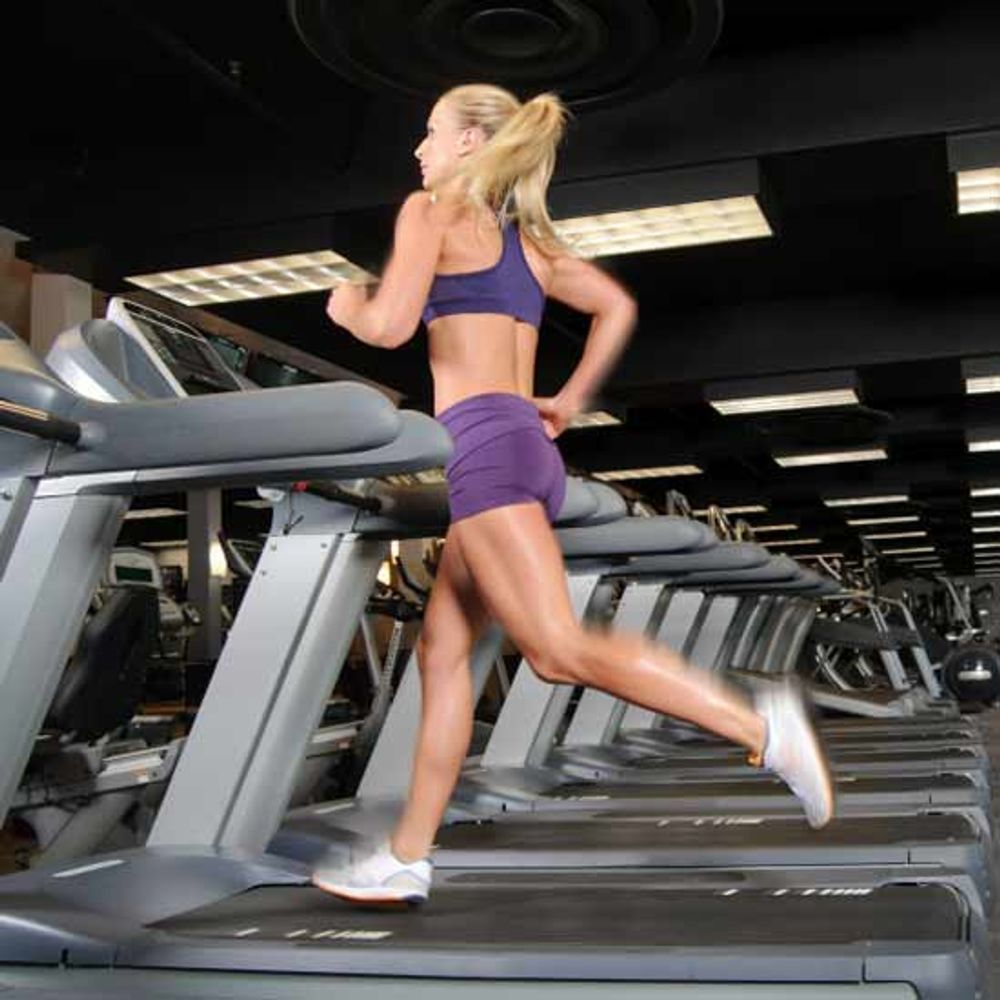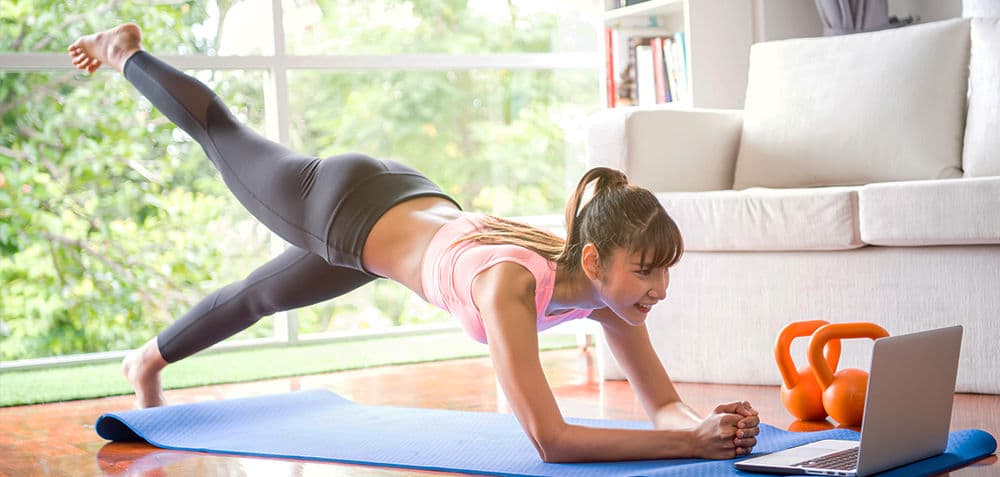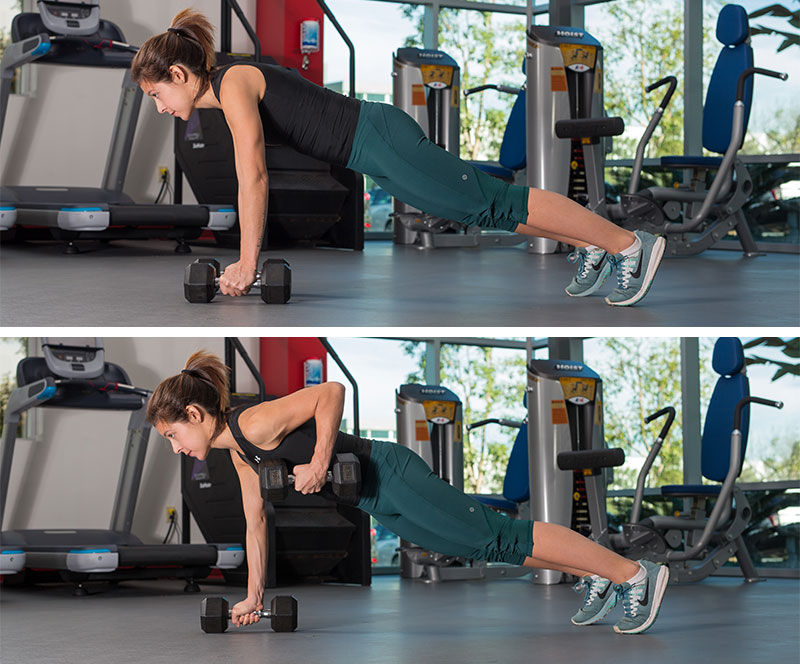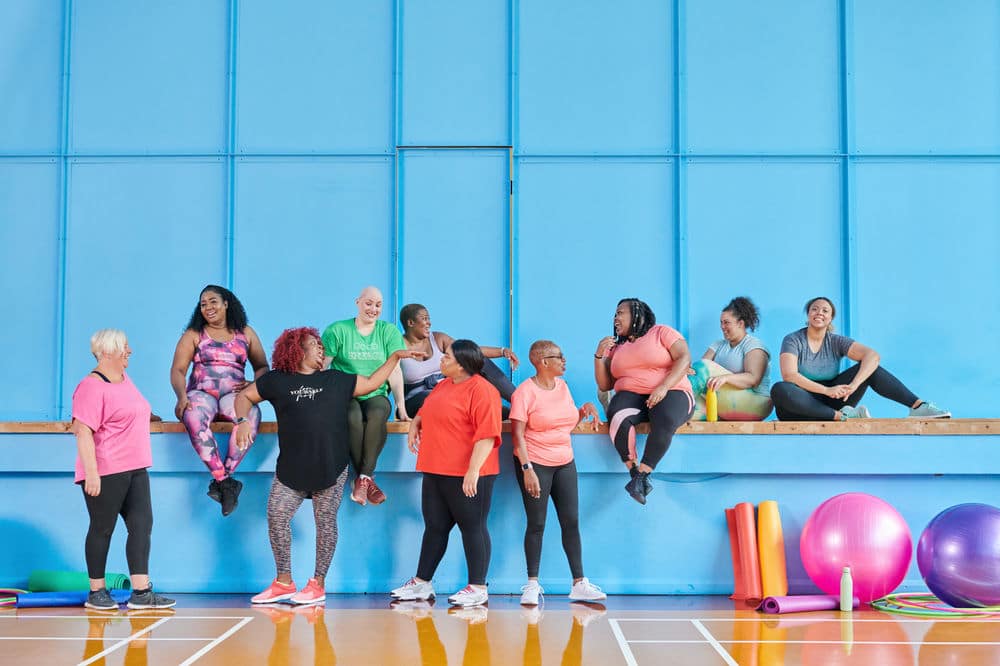Once you stroll into the cardio part of many well being golf equipment, you’ll sometimes see row after row of treadmills, elliptical trainers, bikes and steppers. However should you look nearer, you may additionally discover a rowing machine or two tucked away within the nook. Rowing machines, often known as ergometers, aren’t among the many hottest cardio machines in most well being golf equipment; in truth, you’ll not often discover greater than three or 4 at any given facility, main many to consider that rowing merely isn’t an excellent exercise.
In actuality, rowing recruits many muscle teams and might present a total-body, cardiovascular, muscle-building exercise that you must contemplate including to your weekly train routine. Rowing can be impact-free and non-weight-bearing, which makes it much more interesting as a result of you may work intensely with out placing added stress in your joints. What follows is a short primer on rowing method, together with a number of rowing exercises that will help you get began.

The Rowing Stroke
There are 4 phases to the rowing stroke: catch, drive, end and restoration. The catch is the preparatory place that units up the drive, which is the work portion of the stroke. The end is an extension of the drive; with out this place the physique is not going to have ample time within the restoration section, which is the remainder portion that prepares you for the subsequent drive. When all 4 phases are blended collectively, you have got a fluid and highly effective rowing stroke that targets the quadriceps, hamstrings, glutes, shoulders, higher again, arms and core.
The Catch: Beginning Place
- Start seated. Glide the seat ahead and strap the ft into the platform whereas holding onto the handlebar.
- Hold the arms straight, the higher physique leaning ahead from the hips (at about 1 o’clock) and the shins vertical.
The Drive: Work
- Drive power by means of the heels and press towards the platform with the legs. Transfer the higher physique right into a vertical (12 o’clock) place and pull the arms again.
- The arms ought to transfer in a straight line to and from the flywheel.
The End: Stabilize
- Proceed transferring the higher physique again barely (11 o’clock), partaking the core muscular tissues to stabilize the physique.
- The legs needs to be totally prolonged and the handlebar barely under the ribs.
The Restoration: Relaxation
- Prolong the arms over the legs earlier than leaning from the hips towards the flywheel.
- As soon as the fingers clear the knees, bend the knees and regularly slide the seat ahead, returning to the catch place.
Rowing Exercises
Rowing exercises might be measured by way of distance (meters), elapsed time or variety of strokes. Earlier than your exercise, be certain that to set the damper, or resistance, to an acceptable stage. Rowing machines sometimes have a setting between 1 and 10. Observe that larger ranges of resistance don’t result in a greater exercise. Start with a setting between 3 and 5. This may really feel gentle, however a decrease setting would require you to be faster in making use of energy by means of the “drive” section, which is able to give you a extra environment friendly exercise.
The next exercises are known as pyramids. In one of these exercise, you carry out a sequence of labor, adopted by a simple restoration section. Every work section will increase in meters, time or strokes till you meet your most, at which level you reverse the work section again to the start. Pyramid exercises are a enjoyable means so as to add curiosity, focus and targets to your rowing exercise.
Start every rowing exercise with 5 minutes of straightforward rowing, being attentive to the 4 phases of the rowing stroke and establishing a rhythmic sample to the stroke. Get off the rower and stretch or stroll for an additional 5 minutes. End every rowing exercise with three to 5 minutes of straightforward rowing to convey the physique again to a pre-workout state. Deal with slowing down your respiratory and coronary heart charge earlier than exiting the rower.
Pyramid Exercise #1: By Meters
- Attempt for 24-28 strokes per minute (SPM) throughout the work section.
- The work section focuses on meters (which don’t apply to the restoration section).
| Interval 1 | Interval 2 | Interval 3 | Interval 4 | Interval 5 | Interval 6 | Interval 7 |
| 200 meters Work |
300 meters Work |
400 meters Work |
500 meters Work |
400 meters Work |
300 meters Work |
200 meters Work |
| 1:30 min Straightforward |
2 min Straightforward |
2:30 min Straightforward |
3:00 min Straightforward |
2:30 min Straightforward |
2 min Straightforward |
1:30 min Straightforward |
Pyramid Exercise #2: By Time
- Attempt for 24-28 SPM throughout the work section; SPM doesn’t apply to the restoration section.
| Interval 1 | Interval 2 | Interval 3 | Interval 4 | Interval 5 | Interval 6 | Interval 7 |
| 1 min Work |
2 min Work |
3 min Work |
4 min Work |
3 min Work |
2 min Work |
1 min Work |
| 1 min Straightforward |
2 min Straightforward |
3 min Straightforward |
4 min Straightforward |
3 min Straightforward |
2 min Straightforward |
1 min Straightforward |
Pyramid Exercise #3: By Strokes
- Attempt for fluid, steady strokes with every work and restoration interval.
| Interval 1 | Interval 2 | Interval 3 | Interval 4 | Interval 5 | Interval 6 | Interval 7 |
| 30 strokes Work |
50 strokes Work |
75 strokes Work |
100 strokes Work |
75 strokes Work |
50 strokes Work |
30 strokes Work |
| 20 strokes Straightforward |
30 strokes Straightforward |
40 strokes Straightforward |
50 strokes Straightforward |
40 strokes Straightforward |
30 strokes Straightforward |
20 strokes Straightforward |













